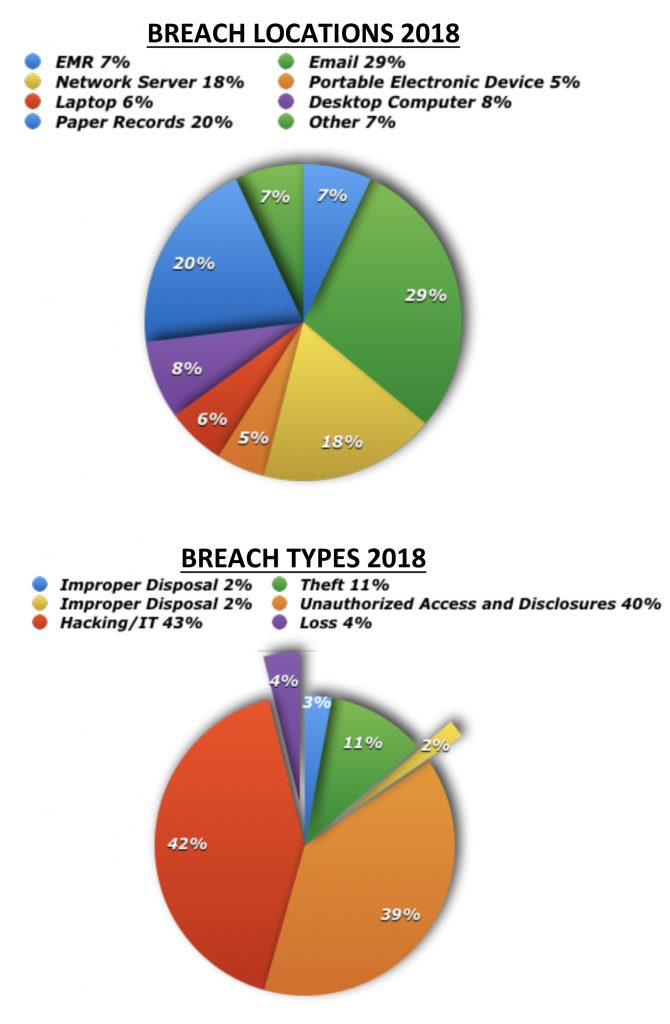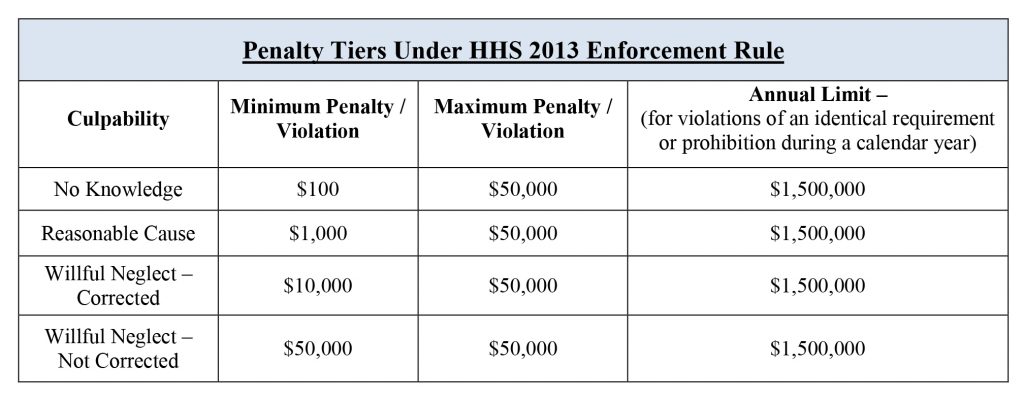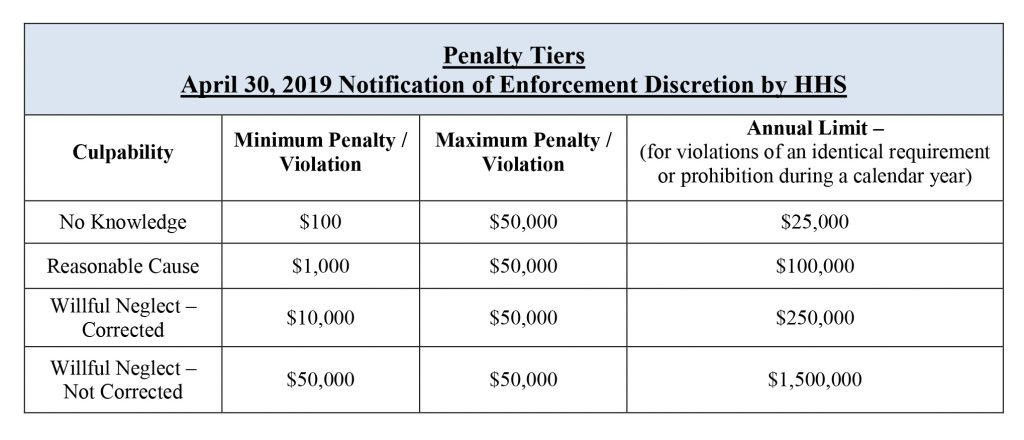Pregnancy-Related Deaths Happen Before, During, and Up to a Year After Delivery
3-in-5 pregnancy-related deaths could be prevented, no matter when they occur.
Pregnancy-related deaths can occur up to a year after a woman gives birth – but whenever they occur, most of these deaths are preventable, according to a new CDC Vital Signs report.
Of the 700 pregnancy-related deaths that happen each year in the United States, nearly 31 percent happen during pregnancy, 36 percent happen during delivery or the week after, and 33 percent happen one week to one year after delivery.
Overall, heart disease and stroke caused more than 1 in 3 (34 percent) pregnancy-related deaths. Other leading causes included infections and severe bleeding. The leading causes of death varied by the timing of the pregnancy-related death.
The findings are the result of a CDC analysis of 2011-2015 national data on pregnancy mortality and of 2013-2017 detailed data from 13 state maternal mortality review committees. CDC defines pregnancy-related death as the death of a woman during pregnancy or within one year of the end of pregnancy from a pregnancy complication; a chain of events initiated by pregnancy; or the aggravation of an unrelated condition by the physiologic effects of pregnancy.
The data confirm persistent racial disparities: Black and American Indian/Alaska Native women were about three times as likely to die from a pregnancy-related cause as white women. However, the new analysis also found that most deaths were preventable, regardless of race or ethnicity.
“Ensuring quality care for mothers throughout their pregnancies and postpartum should be among our Nation’s highest priorities,” said CDC Director Robert R. Redfield, M.D. “Though most pregnancies progress safely, I urge the public health community to increase awareness with all expectant and new mothers about the signs of serious pregnancy complications and the need for preventative care that can and does save lives.”
Every pregnancy-related death reflects a web of missed opportunities
The CDC Vital Signs report provides the most current data available from CDC’s Pregnancy Mortality Surveillance System. It also summarizes potential prevention strategies from 13 state maternal mortality review committees (MMRCs). MMRCs are multidisciplinary groups of experts that review maternal deaths to better understand how to prevent future deaths.
The committees determined that each pregnancy-related death was associated with several contributing factors, including access to appropriate and high-quality care, missed or delayed diagnoses, and lack of knowledge among patients and providers around warning signs. MMRC data suggest that the majority of deaths – regardless of when they occurred – could have been prevented by addressing these factors at multiple levels.
Key findings
- From 2011-2015, of pregnancy-related deaths:
- Nearly 1/3 (31 percent) happened during pregnancy.
- Just over 1/3 (36 percent) happened at delivery or in the week after.
- Exactly 1/3 (33 percent) happened 1 week to 1 year postpartum.
- Leading causes of death differed throughout pregnancy and after delivery.
- Heart disease and stroke caused more than 1 in 3 deaths overall.
- Obstetric emergencies, like severe bleeding and amniotic fluid embolism (when amniotic fluid enters a mother’s bloodstream), caused most deaths at delivery.
- In the week after delivery, severe bleeding, high blood pressure, and infection were most common.
- Cardiomyopathy (weakened heart muscle) caused most deaths 1 week to 1 year after delivery.
Working together to prevent maternal deaths
MMRC data demonstrate the need to address multiple contributing factors to prevent deaths during pregnancy, at labor and delivery, and in the postpartum period:
- Providers can help patients manage chronic conditions and have ongoing conversations about the warning signs of complications.
- Hospitals and health systems can play an important coordination role, encouraging cross-communication and collaboration among healthcare providers. They can also work to improve the delivery of quality care before, during, and after pregnancy and standardize approaches for responding to obstetric emergencies.
- States and communities can address social determinants of health, including providing access to housing and transportation. They can develop policies to ensure high-risk women are delivered at hospitals with specialized health care providers and equipment — a concept called “risk-appropriate care.” And they can support MMRCs to review the causes behind every maternal death and identify actions to prevent future deaths.
- Women and their families can know and communicate about the warning symptoms of complications and note their recent pregnancy history any time they receive medical care in the year after delivery.
CDC is prioritizing the lives of America’s mothers to prevent pregnancy-related death
- CDC tracks pregnancy-related mortality and severe pregnancy complications. The agency provides technical assistance and resources to MMRCs to review maternal deaths and make prevention recommendations.
- CDC will provide support to as many as 25 MMRCs across the country through the Preventing Maternal Deaths: Supporting Maternal Mortality Review Committees funding opportunity, beginning in Fall 2019.
- CDC also funds 13 state perinatal quality collaboratives to improve the quality of care for mothers and their babies.
- To help states standardize their assessment of levels of maternal and newborn care for their delivery hospitals, CDC offers the CDC Levels of Care Assessment Tool and provides technical assistance to those who want to use it.
- CDC is working to educate the public about pregnancy-related death and how to prevent it.
To read the entire Vital Signs report, visit: www.cdc.gov/vitalsigns/maternal-deaths. For more information about CDC’s work on maternal mortality, please visit: www.cdc.gov/reproductivehealth.
Posted in: Education
Leave a Comment (0) →












